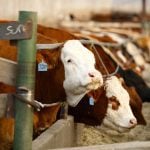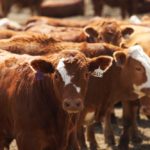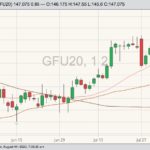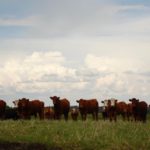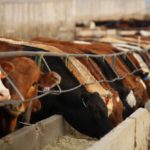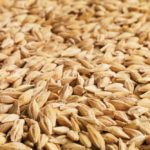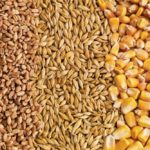Compared to last week, western Canadian yearlings fresh off grass traded steady to $2 higher; backgrounded yearlings were relatively unchanged. The calf market was too thin to quote. Major feedlot operators set the price structure and were once again very aggressive. While many feedlots are backed up with market-ready supplies of fed cattle, some feedlots
